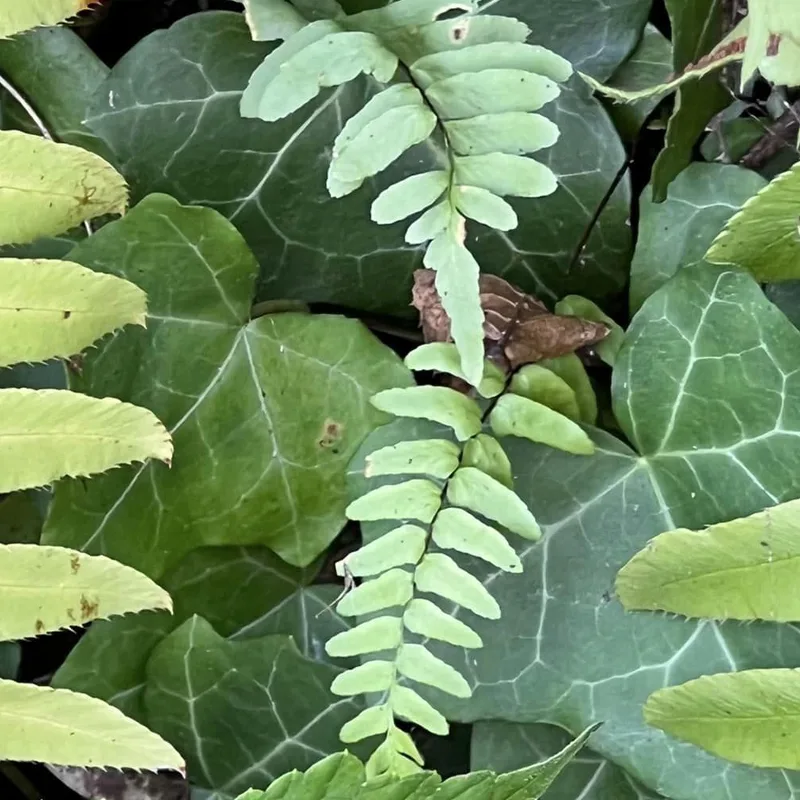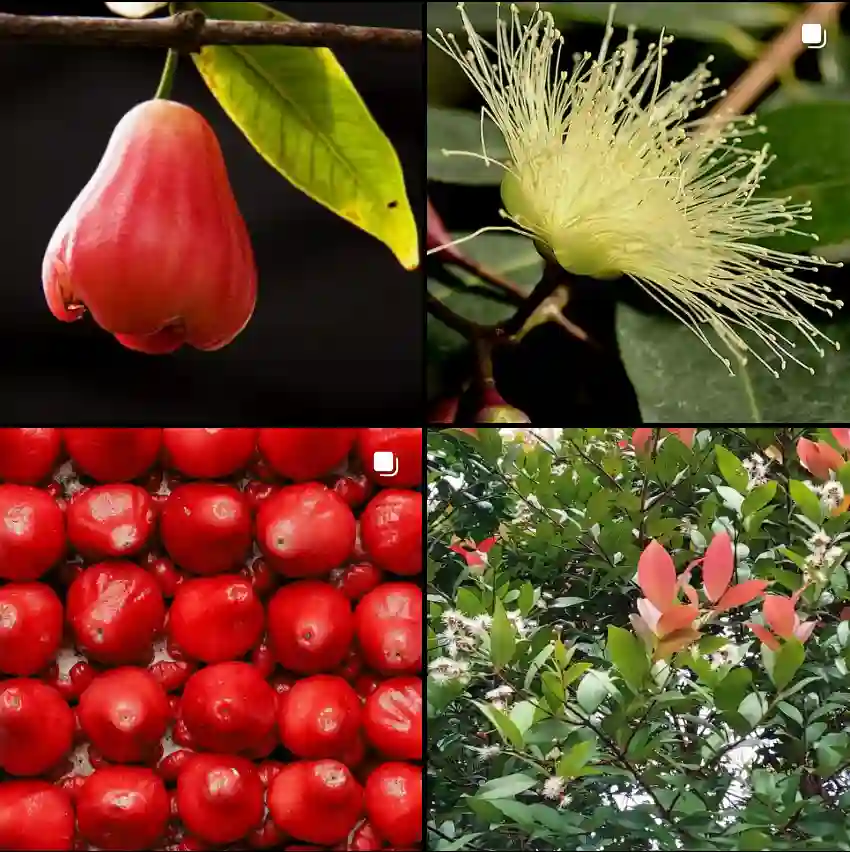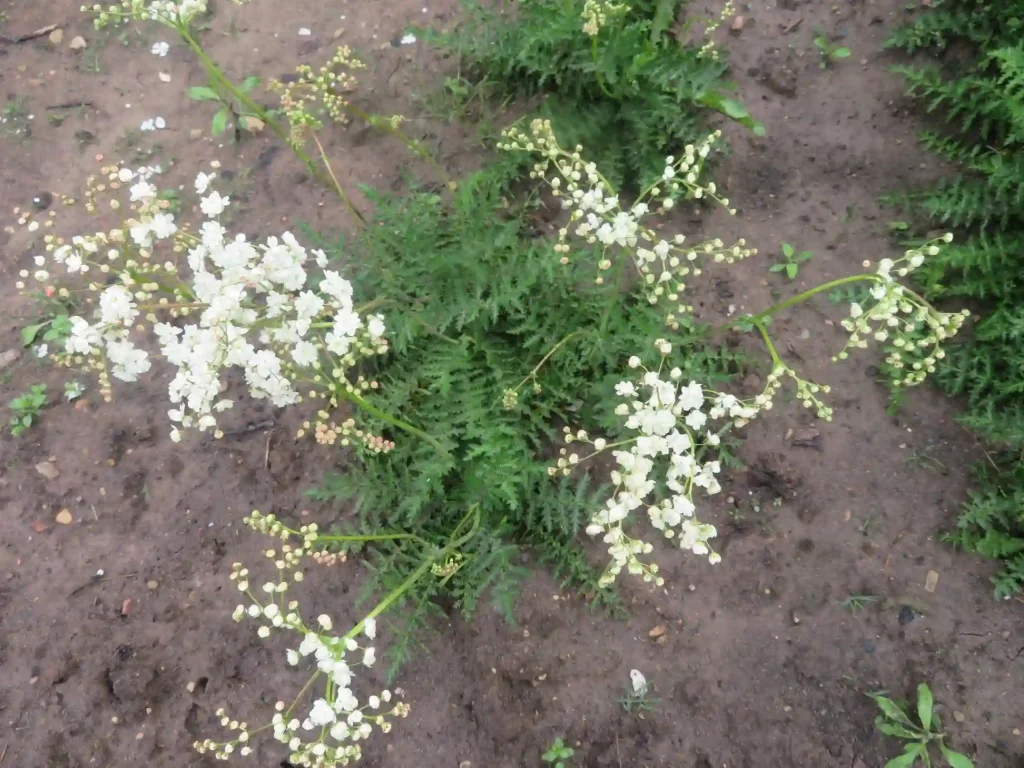Visnaga: An Exploration of a Prickly Genus
My name is Ferb Vu, and I’ve always been fascinated by the diversity of the plant world. Lately, I’ve become particularly interested in the genus Visnaga, a group of flowering plants belonging to the Apiaceae family. This family, also known as the carrot family, is known for its umbels, or umbrella-like clusters of flowers, and includes well-known culinary herbs like parsley, dill, and cumin.
Visnaga, however, stands apart with its unique characteristics and intriguing history. The name itself is derived from the Arabic word “visnaga,” meaning “toothpick,” which hints at one of its traditional uses. Let’s dive deeper into the world of Visnaga and explore what makes this genus so captivating.
A Closer Look at Visnaga
Visnaga species are typically annual or biennial herbs, characterized by their erect stems, finely divided leaves, and distinctive flower heads. These flower heads, composed of numerous tiny white flowers, eventually develop into small, dry fruits. While visually appealing, Visnaga plants also possess medicinal properties that have been recognized and utilized for centuries.
One of the most well-known species within this genus is Visnaga daucoides, also known as Ammi visnaga. This particular species has a long history of use in traditional medicine, particularly in the Mediterranean region and parts of Asia. It was traditionally employed to treat various ailments, including kidney stones, asthma, and angina.
The therapeutic effects of Visnaga daucoides are attributed to its active compounds, notably khellin and visnagin. Khellin, a naturally occurring chemical found in the plant’s fruits, has been shown to possess antispasmodic and vasodilatory properties. These properties make it useful in relaxing smooth muscles, particularly in the airways and blood vessels.
Species within the Visnaga Genus
While Visnaga daucoides is perhaps the most recognized member, the genus encompasses several other species. Here’s a list of some of the known species:
- Visnaga daucoides (also known as Ammi visnaga)
- Visnaga meliocarpa
- Visnaga tenuifolia
It’s worth noting that the taxonomy of Visnaga can be somewhat complex, and there may be variations in classification depending on the source.
The Allure of Visnaga
What truly captivates me about Visnaga is the combination of its delicate beauty and potent medicinal properties. The intricate structure of its flower heads, the subtle fragrance, and the historical significance all contribute to its allure.
Imagine walking through a field dotted with these elegant plants, their white umbels swaying gently in the breeze. The knowledge of their therapeutic potential adds another layer of appreciation for these seemingly simple herbs.
Visnaga in the Modern World
While traditional uses of Visnaga persist in some cultures, modern research continues to explore its potential applications. Scientists are investigating the use of khellin and other compounds derived from Visnaga in the development of new drugs for various conditions.
The ongoing research highlights the enduring relevance of this ancient plant in the modern world. It serves as a reminder of the valuable insights that can be gained from traditional medicine and the potential for discovering new therapeutic agents from natural sources.
My Continued Fascination
As I continue to learn more about Visnaga, I’m struck by the intricate connections between nature, history, and human health. This genus exemplifies the power of plants to heal and inspire. I’m eager to see what further discoveries emerge from the study of Visnaga and how its unique properties can be harnessed for the benefit of humankind.
If i die, water my plants!



